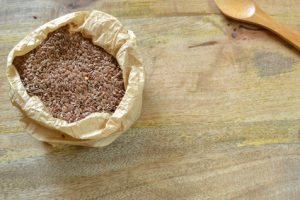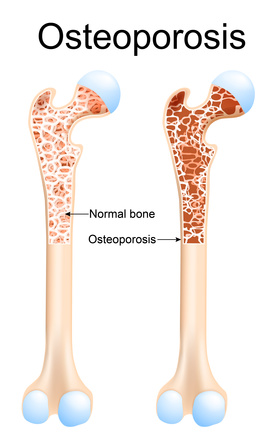
Measuring cortisol levels and what it means – the DUTCH test
March 10, 2025
Nutrition and Lifestyle Interventions to Support POTS and Orthostatic Intolerance
March 14, 2025Phytoestrogens: Natural Support for Hormone Balance

Phytoestrogens are plant compounds that help balance hormones in the body. Found in over 300 foods, including fruits, vegetables, seeds, legumes, and grains, they vary in type and strength. Some of the richest sources include lentils, chickpeas, and soya products.
The Role of Phytoestrogens in Traditional Diets
Scientific interest in phytoestrogens grew after observing that women in some traditional cultures, such as Japan, experience fewer menopausal symptoms and lower incidences of breast cancer, heart disease, and osteoporosis compared to Western women. The average daily intake of isoflavones (a type of phytoestrogen) is around 45mg in the East compared to just 2mg in the West.
Benefits During Menopause
Phytoestrogens are particularly beneficial for managing perimenopause and menopause1. These compounds mimic oestrogen activity where needed, helping alleviate symptoms such as hot flushes2 night sweats, and memory changes—without increasing the risk of hormone-related cancers.
How Phytoestrogens Work
Phytoestrogens, particularly isoflavones, interact with the body’s oestrogen receptors, which function like locks needing a key for activation. These receptors come in two types:
• Alpha receptors: Found in the breasts, ovaries, and womb
• Beta receptors: Found in the brain, bones, blood vessels, bladder, and also in the breasts, womb, and ovaries
Oestrogen as a hormone stimulates both receptor types, which can increase cancer risks and oestrogen driven hormonal imbalances. In contrast, isoflavones block alpha receptors (reducing cancer risk) while stimulating beta receptors (promoting brain and bone health)3.
Phytoestrogens work similarly to SERMs—drugs designed to selectively activate beneficial oestrogen receptors while avoiding harmful stimulation. By binding to beta receptors, phytoestrogens:
• Support brain, bone, heart, and bladder health
• Prevent overstimulation of alpha receptors, reducing cancer risk
• Block the effects of xenoestrogens, harmful environmental oestrogens
Additionally, phytoestrogens stimulate sex hormone-binding globulin (SHBG), a liver-produced protein that regulates hormone levels. SHBG helps bind excess oestrogen (or testosterone in men), mirroring the function of certain cancer treatments.
The Truth About Soya
Soya often receives mixed reviews but concerns mainly revolve around highly processed forms. Traditional, whole-food sources of soya, as consumed in Japan and China, offer significant health benefits. The healthiest options include:
• Whole soybeans (e.g., edamame) and fermented soy (e.g., miso, natto)
• High-quality tofu
In contrast, industrially processed soya (e.g., soya protein isolates found in baby formula, hydrolysed vegetable protein, and textured vegetable protein) is less beneficial.
Incorporating Phytoestrogens into Your Diet
For optimal benefits, include a variety of phytoestrogen-rich foods in your diet, such as:
• Legumes: Chickpeas, lentils, kidney beans
• Whole soy: Tofu, miso, natto, edamame
• Vegetables and seeds: Various fruits, vegetables, and grains rich in phytoestrogens
By making these plant-based foods a regular part of your diet, you can support hormone balance naturally while promoting long-term health.
To find out more about how the DUTCH test and hormone testing can help you, please get in touch.
Book Now or Make an Enquiry
References


